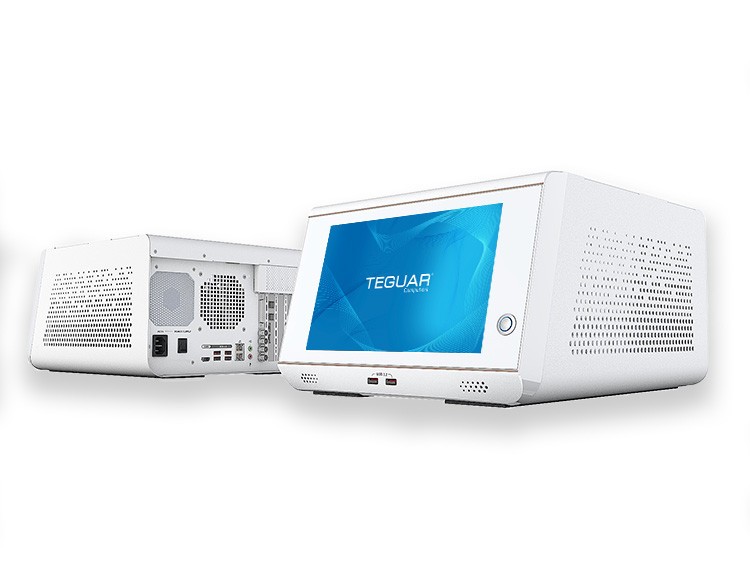IP Rating on a Computer: What is it Good For?
If you are like me, a relative newcomer to the world of industrial and waterproof computing, you’ve seen the letters “IP” and wondered what does that mean and should I be concerned. Going a bit more in depth from my previous blog, the Ingress Protection (IP) is a universally accepted way to measure an electronic device or enclosure’s protection against dirt and liquids. The International Electrotechnical Commission (IEC) established the standard 60529 as a way for users and buyers of an electronic device, and in our case computers, to have the protection as designated by the IP number.
What is in an IP number?
 Simply put, the first number is for protection against solids, i.e. dirt, tools, fingers. The highest ingress protection against solids is rated at the number 6. This rating is dust tight for completely sealed devices. For example, most of the industrial grade computers in Teguar’s portfolio have an ingress protection of 6 on the front side of the computer with a rating of 2-4 for the entire enclosure.
Simply put, the first number is for protection against solids, i.e. dirt, tools, fingers. The highest ingress protection against solids is rated at the number 6. This rating is dust tight for completely sealed devices. For example, most of the industrial grade computers in Teguar’s portfolio have an ingress protection of 6 on the front side of the computer with a rating of 2-4 for the entire enclosure.
The second number is expressly for protection against liquids. The highest rating that can be achieved is “9K”, which is protection against high temperature water jets. This type of computer can be found in a wash-down environment or mounted in a commercial fishing vessel. A computer with a IP69K rating is pretty much a tank, able to withstand high water pressure and keep functioning. A computer with an IP66 rating, which can be found on Teguar’s stainless steel units, is protected from water sprayed from a nozzle measured at 12.5mm. This is protection from any direction with no harmful effects. This is great for food manufacturing and clean room type of environments.
With IP ratings, there is no grey area; it either is or it isn’t. So if your environment is calling for a specific IP rating, be sure to have this verified before putting that computer into your environment.
IP Table
| IP | First digit: Ingress of solid objects | Second digit: Ingress of liquids |
|---|---|---|
| 0 | No protection | No protection |
| 1 | Protected against solid objects over 50mm e.g. hands, large tools. | Protected against vertically falling drops of water or condensation. |
| 2 | Protected against solid objects over 12.5mm e.g. hands, large tools. | Protected against falling drops of water, if the case is disposed up to 15 from vertical. |
| 3 | Protected against solid objects over 2.5mm e.g. wire, small tools. | Protected against sprays of water from any direction, even if the case is disposed up to 60from vertical. |
| 4 | Protected against solid objects over 1.0mm e.g. wires. | Protected against splash water from any direction. |
| 5 | Limited protection against dust ingress. (no harmful deposit) | Protected against low pressure water jets from any direction. Limited ingress permitted. |
| 6 | Totally protected against dust ingress. | Protected against high pressure water jets from any direction. Limited ingress permitted. |
| 7 | N/A | Protected against short periods of immersion in water. |
| 8 | N/A | Protected against long, durable periods of immersion in water. |
| 9k | N/A | Protected against close-range high pressure, high temperature spray downs. |












